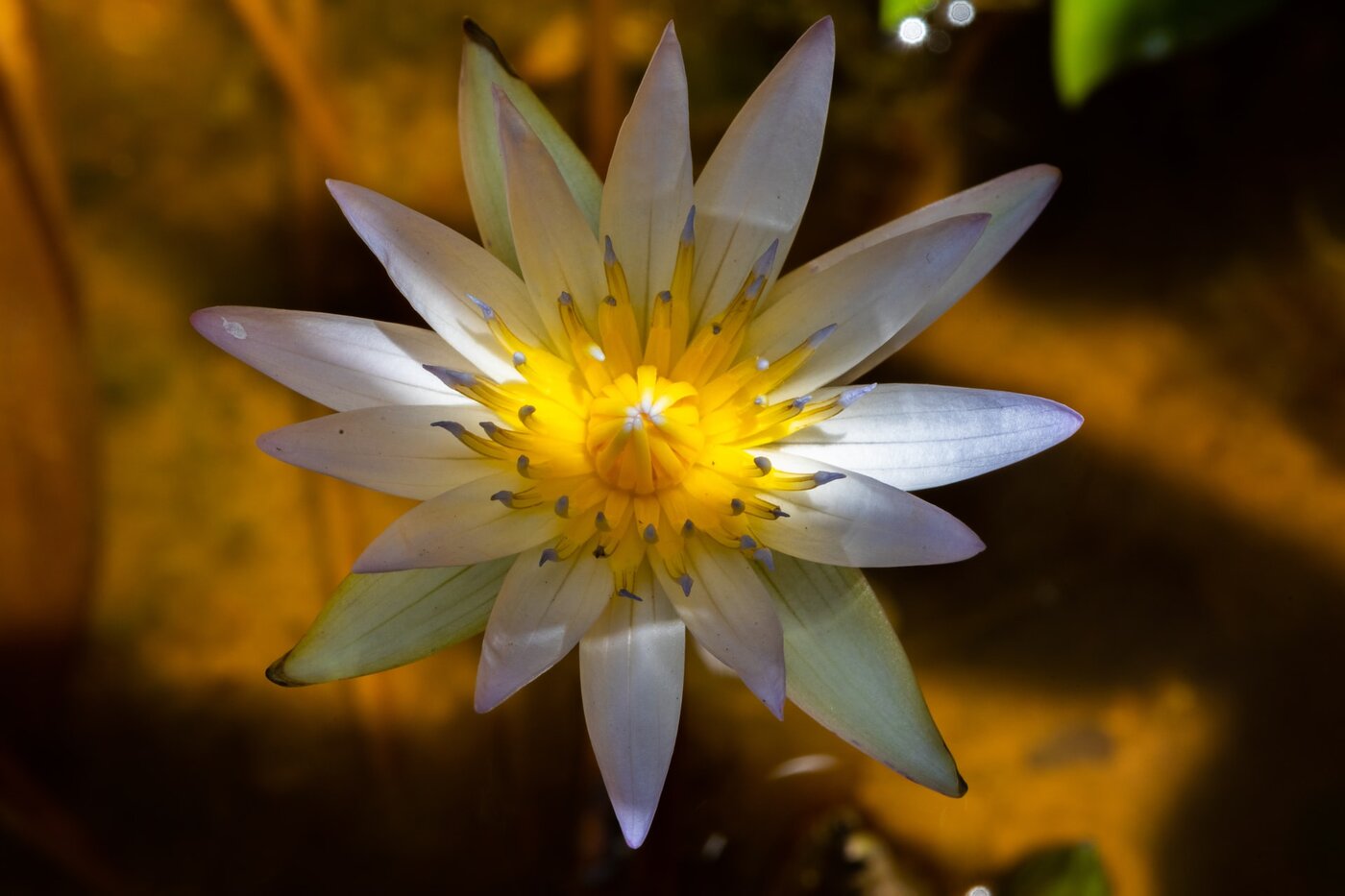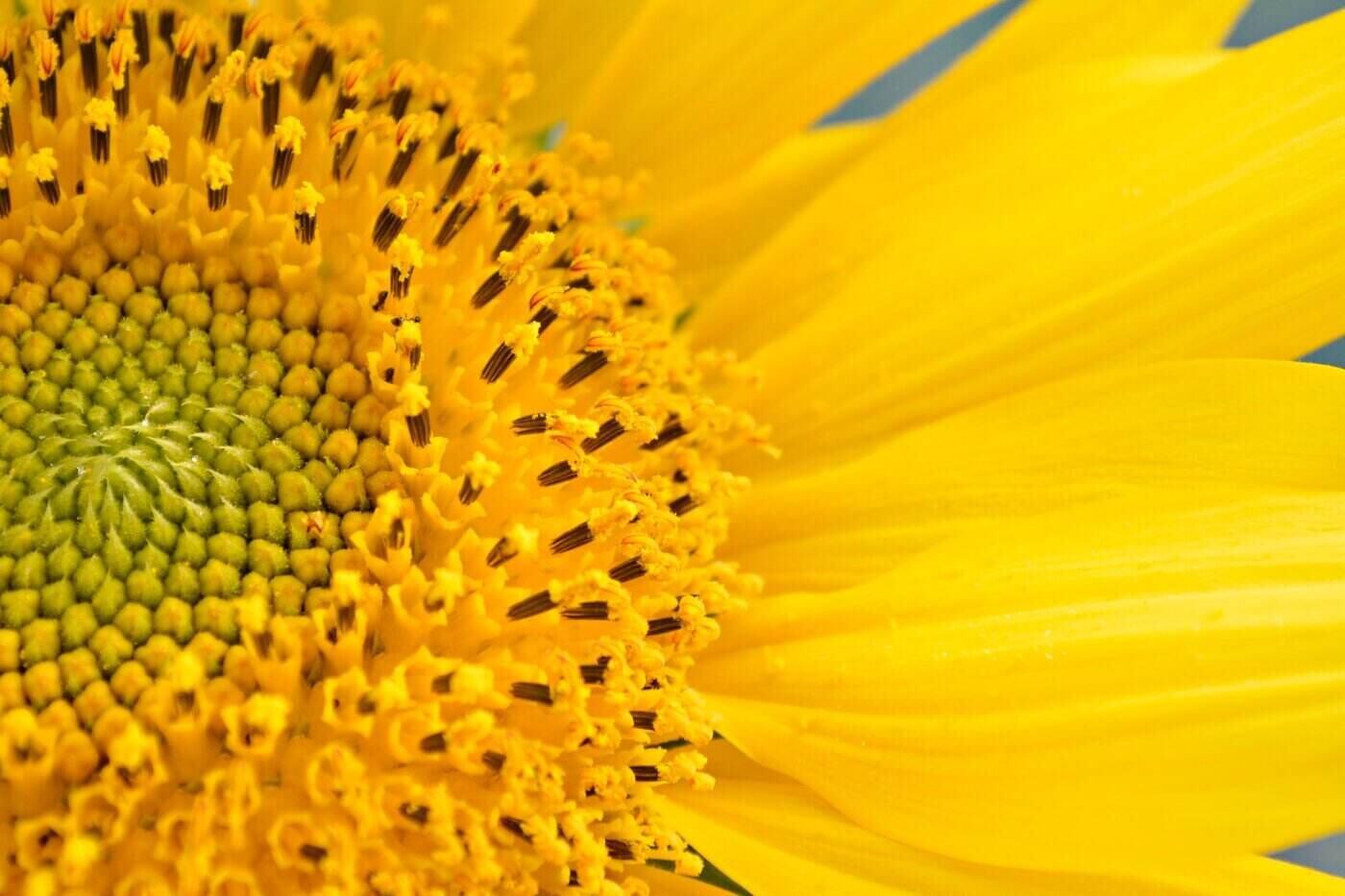This article on chakra flowers is for those who want to know what flowers to use for chakra work. I’ve just given a brief overview of chakras, but know that chakras are part of an ancient set of traditional healing practices dating back thousands of years. There’s a lot to know and a huge knowledge community to explore. At the bottom of this article, I’ve suggested further reading for those who are looking to learn more about the subject.
An Introduction to Chakras
In Sanskrit, chakra means “wheel.” Chakras are often described as spinning wheels of energy that circulate prana, or life energy, through the body. Chakras are also depicted as lotus flowers that open and close to allow energy through.
There are seven main chakras located along the spine, from the tailbone up to the head. Each of these chakras corresponds with specific parts of the body. Since our physical, spiritual and psychological beings are intertwined in this tradition, chakras also correspond with specific aspects of our mental, emotional and spiritual make-ups.
Chakras are supposed to stay balanced, neither emitting too much energy nor too little. When chakras become imbalanced, they create issues with the physical organs and the psychological and spiritual aspects associated with them.
To bring them back into balance, many energy practitioners recommend meditation, yoga or acupuncture to unblock or regulate the flow of energy. Here’s where flowers can help.
Since chakras are associated with specific colors, meditating or focusing on a flower of a particular color could help you in your energy work. Or you could have 7 chakra flowers throughout your home in order to connect with the energy of each chakra in a holistic, balanced way.
As long as the color matches the chakra you’re working with, you can use the flowers that really speak to you, but we’d like to offer some suggestions here.
Flowers for Root Chakra [Muladhara Chakra]
Your root chakra sits at the base of your spine. It gives us our sense of self-sufficiency, security and physicality. The bladder, colon and lower back are all said to be governed by the root chakra. Its color is red.
When this chakra is open, a person might feel strong, energetic and grounded. Signs that your root chakra is imbalanced include feeling unstable, frustrated, lethargic or insecure about your well-being. Physical signs are said to include issues with the lower back, lower intestine, colon, prostate, bladder, legs and feet.
Flowers for root chakra work include red roses, dahlias, carnations, azaleas, geraniums and cardinal flowers.
Sacral Chakra Flower [Svadhisthana Chakra]
The sacral chakra sits between the pubic bone and the navel. It’s associated with creativity and sexuality. The kidneys, bladder and reproductive organs are all influenced by the sacral chakra. Its color is orange.
A balanced sacral chakra is said to be characterized by feelings of satisfaction, positivity and wellness. If you’re feeling emotionally unstable, irritable or uninspired, this chakra might be imbalanced. Physical signs that this chakra is unbalanced are said to include sexual issues, spleen and kidney problems, lower back pain and hip issues.
Flowers for the sacral chakra include squash blossoms, marigolds, tiger lilies, bird of paradise, butterfly weed, orange begonias and African daisies.
Solar Plexus Chakra Flower [Manipura Chakra]
Right at the solar plexus, between the navel and the rib cage, is the solar plexus chakra. This chakra is associated with willpower, confidence and a sense of purpose. The stomach, pancreas, liver and spleen are governed by the solar plexus chakra. Its color is yellow.
An open solar plexus chakra is said to make people feel confident, focused and productive. You might be experiencing an imbalance here if you feel angrier, more depressed or less confident than usual. An imbalanced solar plexus chakra is said to lead to ulcers, digestive disorders and liver issues.
Solar plexus chakra flowers include dandelions, daffodils, black-eyed Susan and sunflowers, as well as yellow ranunculus, dahlias, begonias and pansies.
Flowers for Heart Chakra [Anahata Chakra]
Above the solar plexus chakra is the heart chakra. As the middle chakra, the heart chakra bridges the physical and the spiritual aspects of our being. It’s associated with compassion and love and governs the heart and lungs. The color of this chakra is green.
People with balanced heart chakras are said to be compassionate, friendly and caring. Signs of blockage in the heart chakra include feelings of loneliness, emotional insecurity, jealousy and anger. The physical signs of an imbalanced heart chakra are said to include asthma, cardiac issues and issues with blood circulation.
Greenery is associated with this chakra, but heart chakra flowers also include green carnations, jack in the pulpit, orchids and other flowers with a green tinge.
Flowers for Throat Chakra [Vishuddha Chakra]
This chakra is located at the back of the throat and governs the thyroid, neck, mouth and larynx. It’s the chakra of communication and truth. Its color is blue.
Balanced throat chakras enable authentic and compassionate expression. Feeling like you’re not communicating well is a sign of a throat chakra blockage. Mouth, throat and neck issues are thought to be signs of a blockage, too.
Throat chakra flowers include hydrangeas, bluebells, hyacinths, delphiniums, bellflowers, balloon flowers, clematis and morning glories.
Third Eye Chakra Flower [Ajna Chakra]
The third eye chakra sits between the eyebrows, and is the center of intuition, awareness and imagination. It governs the eyes, head and pituitary gland. Its color is indigo.
An open third eye is said to make people spiritually and emotionally balanced. If your third eye is imbalanced, you might feel confused, unfocused or out of touch with your intuition. Physically, you might experience headaches, insomnia, eye issues or issues with concentration.
Flowers for the third eye chakra include violets, lilacs, lavender, sweet peas, iris, salvia, verbena and allium.
Crown Chakra Flowers [Sahasrara Chakra]
The highest chakra is the crown chakra, located at the top of the head. It’s associated with enlightenment, awareness and spiritual wisdom. It governs brain functions such as memory. Its color is violet or white.
A balanced crown chakra is said to enable a deep spiritual connection to the cosmos. Signs of crown chakra imbalance include narrow-mindedness, restlessness and depression. Memory issues, headaches and fatigue are also said to be signs of an imbalanced crown chakra.
Flowers for the crown chakra include jasmine, magnolias, gardenias, cherry blossoms, daisies, lilies, petunias, tulips and snowdrops.
Further Reading
If you’d like to learn more about chakras and their relationship to health and spirituality, try Parita Shah’s primer on the chakra system or Ram Jain’s introduction to the 7 chakras.
Feature image: Sohil Laad; Image 1: Ermelinda Martin

